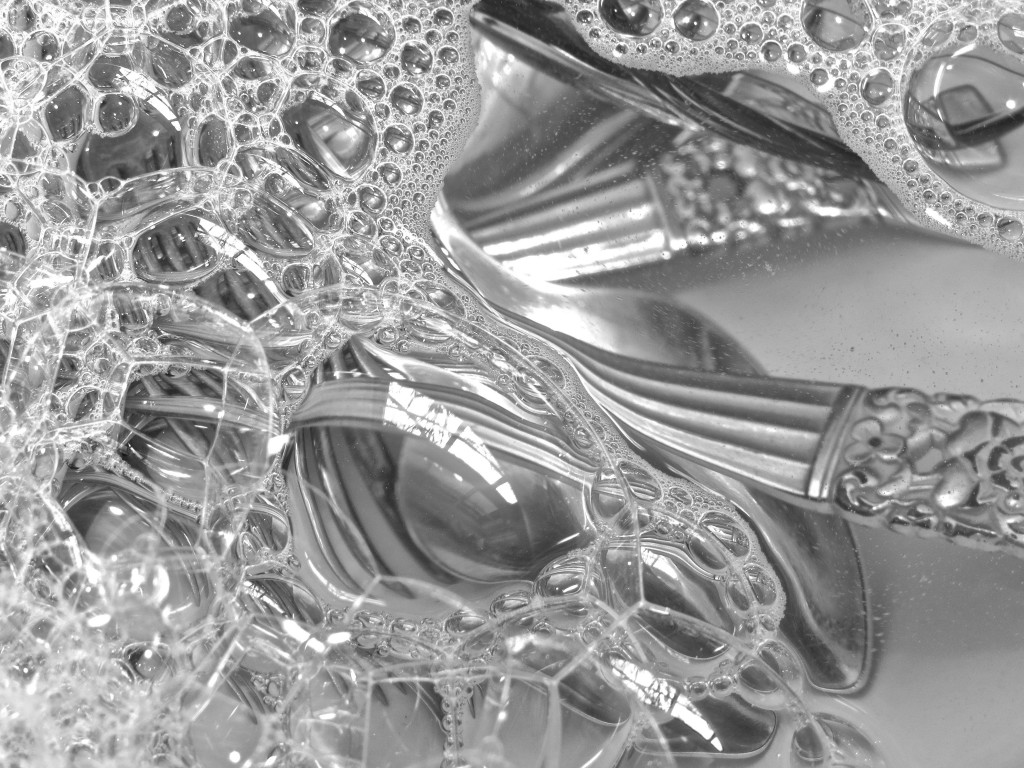Do you feel like you’re living in the fast lane? You’re not alone. Many of us live in an unending rush hour. In a world of smart phones and email, texting and twitter, the very devices that are supposed to save us time can have the opposite effect as we hurry to respond to everyone and everything. This manic pace is causing a host of “hurry sicknesses” too, from insomnia and heart attacks to ulcers and migraines. Most importantly, by being out of sync with the natural rhythms of life, we lose touch with the only thing that is real—the present moment.
One remedy to our hurried lifestyles that has been growing in popularity in the West is the practice of mindfulness. In stark contrast to our frantic daily routines, mindfulness helps us slow down and be with what is. To be mindful is to be in touch with the present rather than constantly worrying about the future, dwelling on the past, or being obsessed with the commentary in our heads. Practicing mindfulness—simply being in the now—can quiet the mental chatter and open the senses to the extraordinary miracle of being alive.
If you watch toddlers at play, you will see the kind of thing I am talking about. I get a healthy reminder of living in the now when I spend time with my 2-year-old grandson, Jack. He is totally immersed in what he is doing. No thoughts of yesterday or what must be done tomorrow—only what he is attending to at that moment. And his days are filled with wonder. America poet Walt Whitman pointed to this liberating way of living when he said, “To me, every moment of the day and night is an unspeakably perfect miracle.”
Tragically, many of us don’t awaken to the wonder of life until we are threatened with its loss. A terminal diagnosis makes us appreciate what we have so long taken for granted—a bird singing, the laughter of children, the curl of steam rising from morning coffee, holding the hand of a loved one, the sun shining through the trees. When time is short, petty disagreements and concerns are forgotten and we devote our attention to what’s most real and precious.
When I find myself moving into the fast lane or getting caught up in obsessive thinking, what helps bring me back to the now (besides playing with Jack) is feeling and listening. I try to feel what is happening in my body or I tune in to the sounds around me. Simply stopping to notice the ambient sounds that you don’t typically hear when you are living in your head can immediately help you shift from thinking to feeling, from identifying with the whirl of your thoughts to what the present has to offer.
The truth is, when our minds are filled with competing thoughts and tensions or we’re frantically multitasking, we are less effective in everything we do. We are distracted drivers, mindless snackers, poor listeners, even poor parents, partners, or managers. We do a lot of thinking but little living. Once you’re in the moment, you can pay full attention to the task at hand, appreciate the people you are with, or tap into the creative solution that was staring you in the face all along. In truth, the only thing any of us really have for sure is this very moment. Why not start living in it now?






